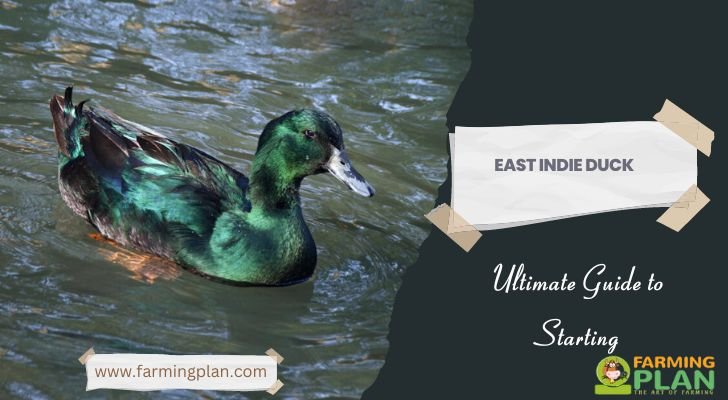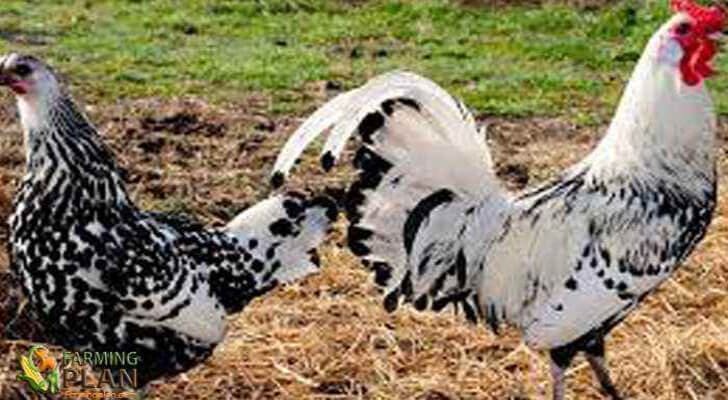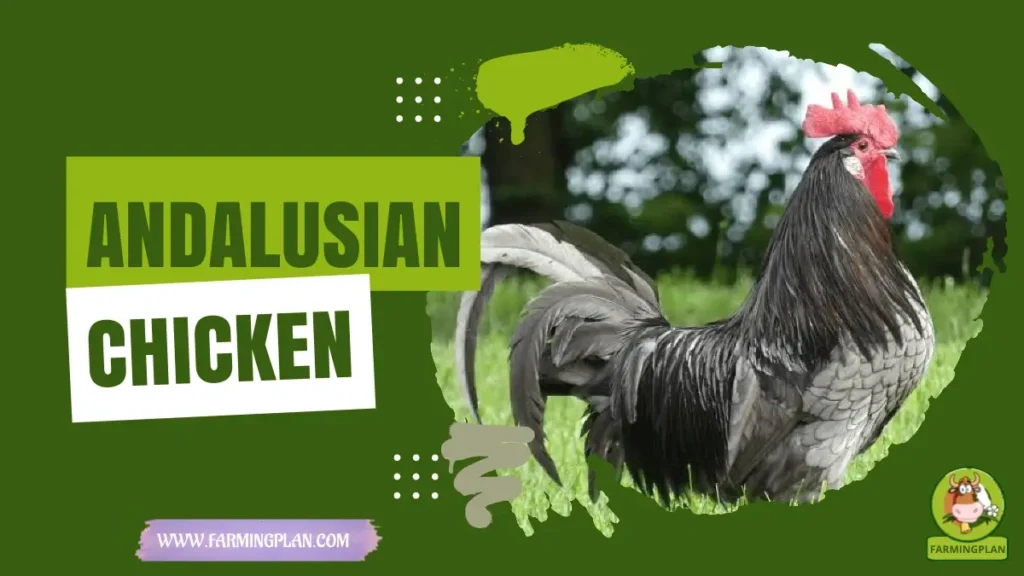Although the East Indie duck name seems to indicate that this race was developed in Southeast Asia, the origin of the race east Indie duck is of United States. East Indie Duck was imported to England in century XIX and soon spread to all Europe. Although, this breed despite being from the United States, it has been argued that they are called east Indies Ducks to market it and generate more sales.
The East Indie or Black East Indian is an ornamental breed of domestic duck. It is a bantam breed and is thought to have originated in the United States. The East Indie Duck has a black-colored body, with white markings on the face and chest.

Characteristics of East Indie Duck
The East Indie duck is a rather small duck and is among the smallest of domestic ducks just like the duck Mignon. This species resembles physically in size to the wild duck although it does not keep any genetic relation that is linked to this one.
Its weight is 1.1 kg, which is equivalent to the size of a Mallard. Only 200 grams of difference between a Mallard male and male east indies. The weight of this species varies between 1.1 and 1.3 kg.
Its characteristic is so well-known to have a deep black plumage with possible emerald green reflections. In the sun, they look and look completely bright. The females of this species are of a more opaque color and they are not as bright as the color of the male.
The feathers of this species have the characteristic of being litmus, in some cases, it glows green, but of this same species has been presented that the feathers glow violet when they are in the presence of the sun. The color of its peaks in the males is an olive green color, whereas in the females the peak is of black color. The color of its legs is orange and the eyes color is black or brown.
They produce 12 eggs per litter, but fertility is affected by the number of eggs produced by the female of this species. The eggs of the east indie duck are changing color as the incubation period passes.
The most common colors are gray and white, but there are times when the egg comes out black. After passing time it is color Gray and then at the end of the period turn blue. His body is much shorter and less rounded than the cute one, but it does not seem too spiky either.
Food
The East Indie duck breed is usually fed on insects, aquatic larvae, invertebrates, seeds, acorns, aquatic vegetation, and grains.
Usage
Used in an ornamental way, in France they breed them only to enter competitions where they exhibit their ducks. The feathers are not the only thing that they take into consideration in this type of contest, but also the color of its peaks, the size, and the proportions of its body and that they are genuine of its species.
Special Feature
East Indie duck character is docile and calm, usually gets along well with other species. The good thing about this breed being small is that it helps them to be good fliers. Although the east Indie duck breed is found mainly in the United States. In France, there are about 15 breeders who breed and seek to preserve this species. Their birth rate is not as high as those of other species so that everyone does not produce it.
This breeds Reproducing is not so easy, and breeders take time and money to care for and maintain this species. Over the years instead of presenting an evolution, this breed has been deteriorating. In terms of its physical characteristics, which has been a major problem for today’s East Indie duck breeders.
They usually splash in the water, filter the food from the water, and sporadically dive into deep water. A rare feature is that females when they grow old sometimes develop white feathers. They become the second most popular duck at the poultry fairs.
Duck Profile
| Duck Name | East Indie duck |
| Other Name | Le carnard Labrador |
| Duck Purpose | Ornamental and Exhibition |
| Feather color | Iridescent black/green. |
| Weight | 1.1 to 1,3 Kg |
| Climate Tolerance | Cold weather |
| Egg Color | Gray and white |
| Egg Size | Small |
| Egg Productivity | Low (40 to 100 eggs in the year). |
| Rarity | Normal |
| Country of Origin | North America |
FAQ
Are East Indie ducks loud?
East Indie ducks are generally considered to be quite loud. They are known for their loud quacking noises, which can be heard from a distance. This is especially true when they are in groups or flocks, as the noise can become quite overwhelming. In addition to their quacking, East Indie ducks also make other vocalizations such as honking and whistling. While these sounds may not be as loud as their quacking, they can still be heard from some distance away.
What color eggs do East Indie ducks lay?
East Indie ducks lay eggs that range from off-white to light tan in color. This is a bit darker than the white eggs typically laid by chickens. The hue of the eggshell can vary depending on the individual duck, so some East Indies may lay slightly lighter or darker eggs than others.
Are Black East Indie Ducks loud?
Black East Indie Ducks are generally considered to be a quieter breed of duck. They tend to be calmer and more docile than some other duck breeds, such as Pekins or Mallards. However, this does not mean that they are entirely silent. As with any animal, their vocalizations can vary depending on their environment and the situation.
Conclusion
This article has provided you with a guide to the East Indies duck. We hope this information about this ornamental and bantam breed of domestic duck will be useful for anyone interested in raising these ducks or looking into getting one as a pet. It is important to note that, despite being from the United States, they are called east Indies Ducks so it can generate more interest in other countries where these types of breeds are popular. Good luck!
As A Reference: Wikipedia


